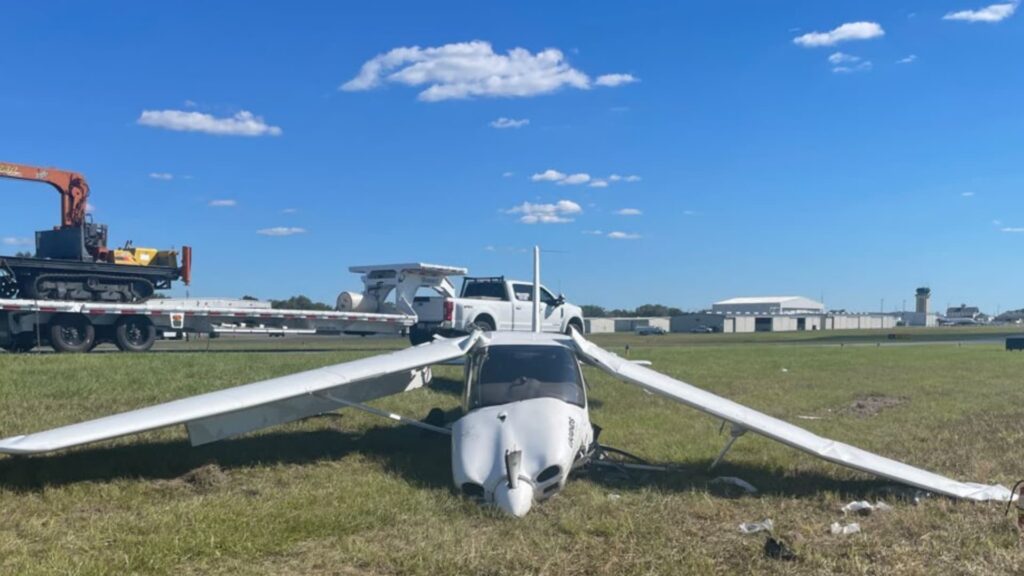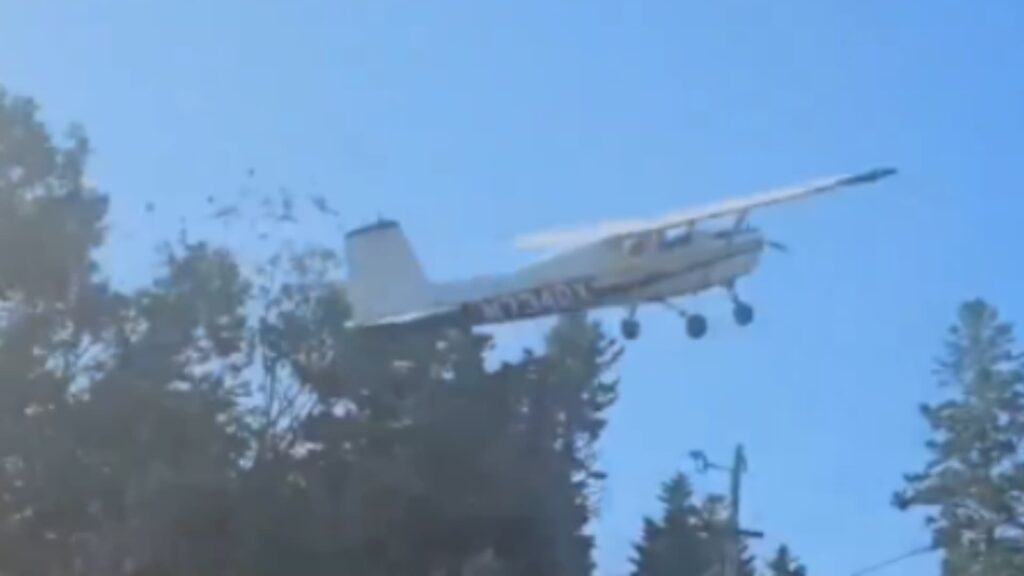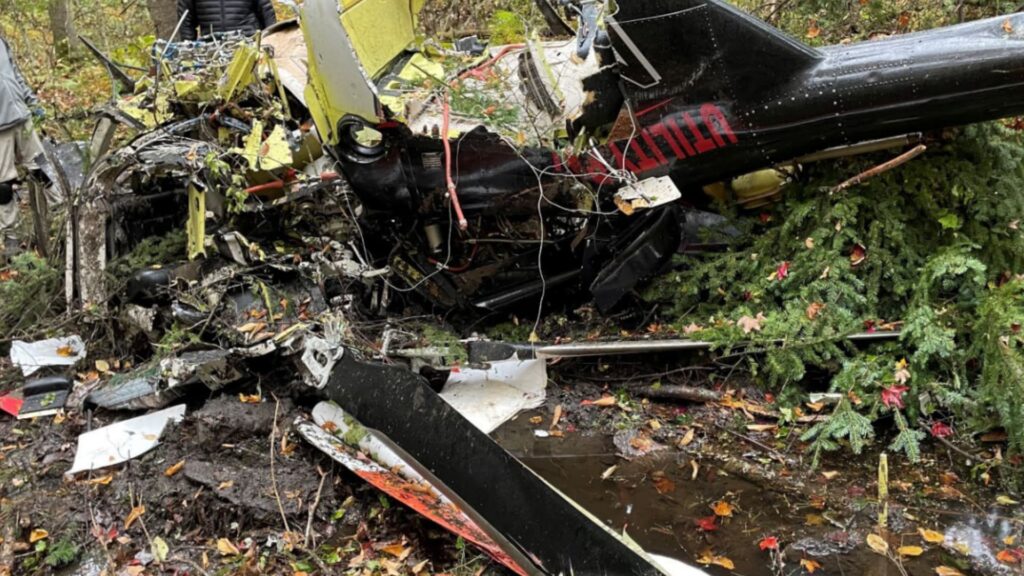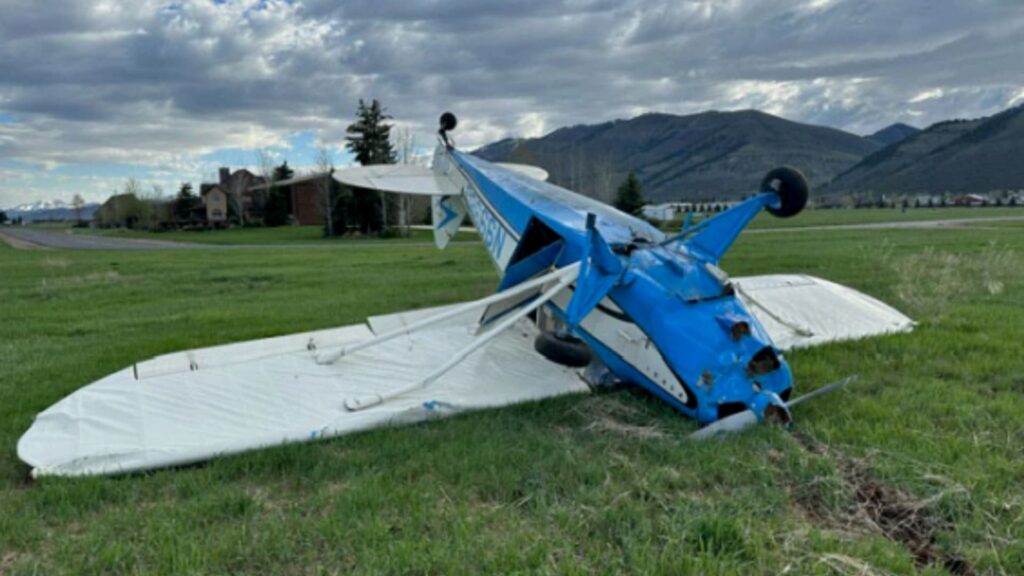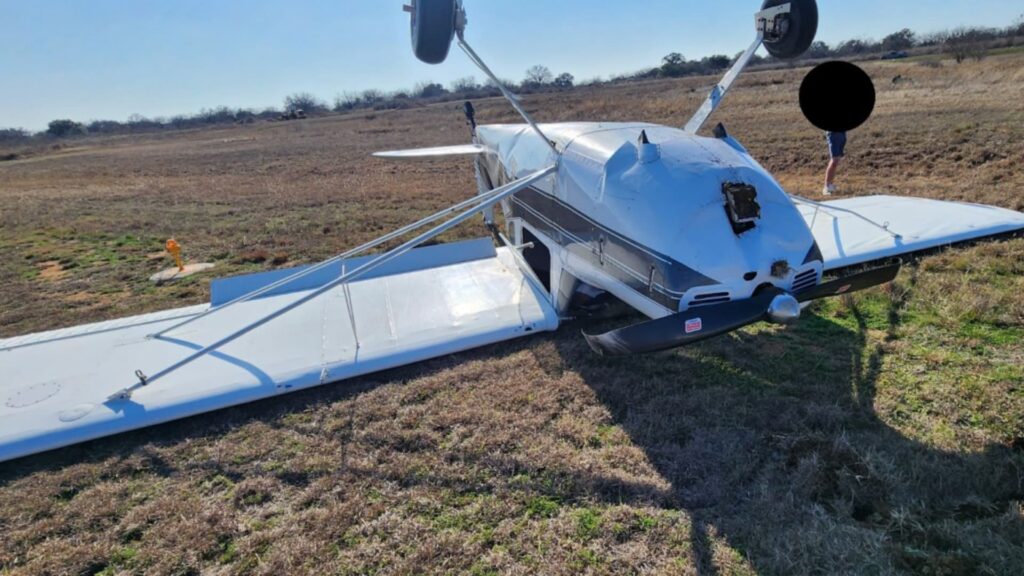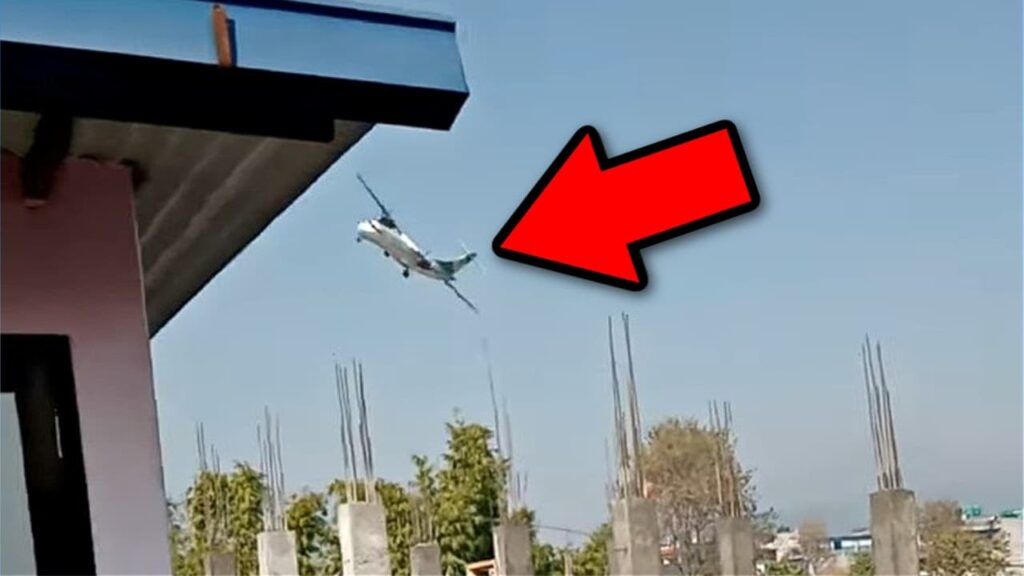On a clear fall morning in Ocala, Florida, two pilots climbed into a nearly new Tecnam P2010, ready for a routine instructional flight. The skies were blue, the weather calm, and the mission simple: continue an instrument training sortie that had started earlier that day with a cross-country hop. But just minutes after takeoff, everything changed.
The Pilots
In the right seat sat a 22-year-old flight instructor, certified as a commercial pilot and flight instructor with single- and multi-engine ratings. Despite her youth, she was no novice. At the time of the crash, she had accumulated 578 total flight hours, with 511 hours as pilot-in-command and 25 hours in the Tecnam P2010.
Next to her, in the left seat, was a 40-year-old private pilot receiving instrument instruction. He had about 98 total hours of flight time, just 5 of which were in the P2010.
A Smooth Start, Until It Wasn’t
The day started uneventfully. The crew had flown from Lakeland to Ocala, topped off the tanks with 27 gallons of avgas, and prepared for the return trip. They performed a normal engine run-up while waiting on the taxiway for clearance from air traffic control. Everything appeared normal. The engine purred for a full 10 minutes as they waited to launch.
Finally, they received their takeoff clearance: Runway 36, full-length departure, right downwind exit. They lined up, rolled down the 7,467-foot asphalt strip, and climbed into the warm October air.
Then, at around 300 to 400 feet above the ground—just moments into the climb—the engine quit.
No sputtering. No warning. Just silence.
A Desperate Descent
With no power and precious little altitude, the instructor took over immediately, aiming for the grass northeast of the runway. There was no time to troubleshoot. The nose dipped, but the airplane’s descent rate was steep.
Neither pilot remembered hearing the stall warning horn. But based on how the airplane behaved—and what witnesses saw—it seems likely that as the instructor flared for landing, the airspeed dropped dangerously low. Witnesses reported that the aircraft appeared slow after losing power and did not noticeably lower its nose to maintain airspeed. Just before impact, the left wing dropped. The Tecnam hit the ground in a left-wing-low, nose-down attitude and skidded to a stop.
The result: substantial damage to the airframe, and serious injuries to both pilots.
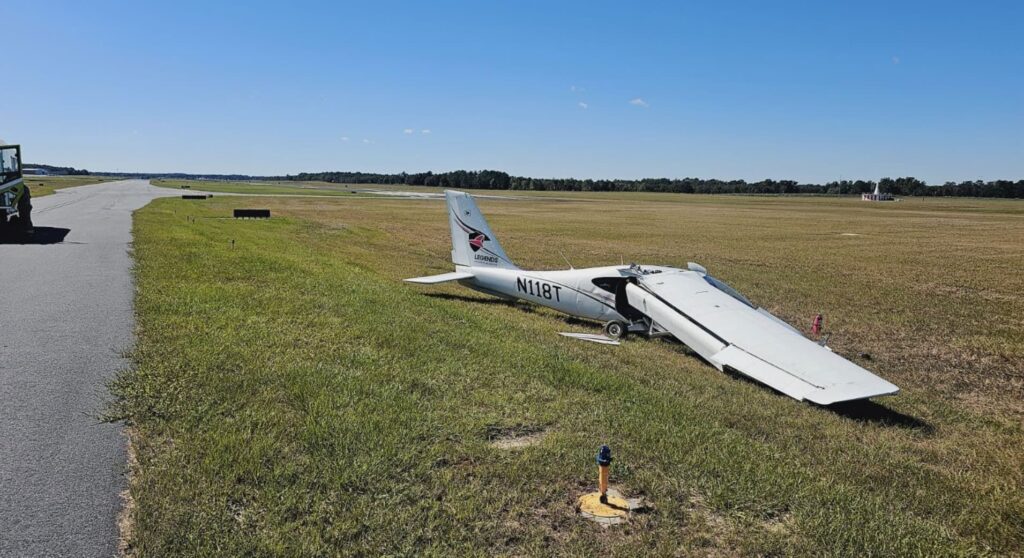
What Went Wrong?
Immediately after the crash, FAA inspectors found both wings deformed and the forward fuselage crushed. Yet nothing obvious stood out to explain the power loss. In fact, about 55 gallons of fuel were recovered—so fuel starvation wasn’t the issue.
It wasn’t until four months later, during a follow-up teardown at a salvage facility, that investigators took a closer look at the ignition system. Spinning the magnetos with a drill revealed that neither one initially produced spark. The left magneto eventually began sparking after extended spinning at high speed. The right never sparked at all.
Upon opening both magnetos, investigators found corrosion on internal components. The only catch was that the plane had been sitting outside in Florida humidity for months post-crash, so it wasn’t clear if the corrosion occurred before or after the accident. Maintenance records showed the magnetos had been removed, serviced, bench-tested, and reinstalled just 11 days before the crash.
The Real Culprit? A Mix of Mystery and Missed Airspeed
In the end, the NTSB said they couldn’t determine the reason for the engine failure. But what they could determine was that once the power was gone, the situation quickly worsened because the instructor didn’t maintain adequate airspeed. That lapse likely caused the plane to exceed its critical angle of attack—triggering an aerodynamic stall at the worst possible moment.
Forced landings are always high-stress, high-stakes events. But as this case shows, even experienced pilots can struggle when altitude is low and time is measured in seconds.
Lessons in the Aftermath
This accident highlights two core truths of aviation safety:
- Mechanical Mysteries Happen
Even with well-maintained aircraft, sudden failures can occur. Not every cause will leave a trail of breadcrumbs. For pilots, this underscores the importance of always being ready for the “what ifs”—especially during critical phases like takeoff. - Airspeed Is Everything
When the engine goes silent, the one thing a pilot can still control is attitude—and with it, airspeed. In this case, a failure to pitch down aggressively enough likely led to a stall that made a survivable forced landing far more dangerous.
The instructor had more than 500 hours of flight experience, most of it as pilot-in-command, and over 140 hours in the past 90 days. Yet, as we see too often, experience doesn’t always guarantee perfect execution in emergencies.
Thankfully, both pilots survived. Their story reminds us: when the engine quits, fly the airplane first.

